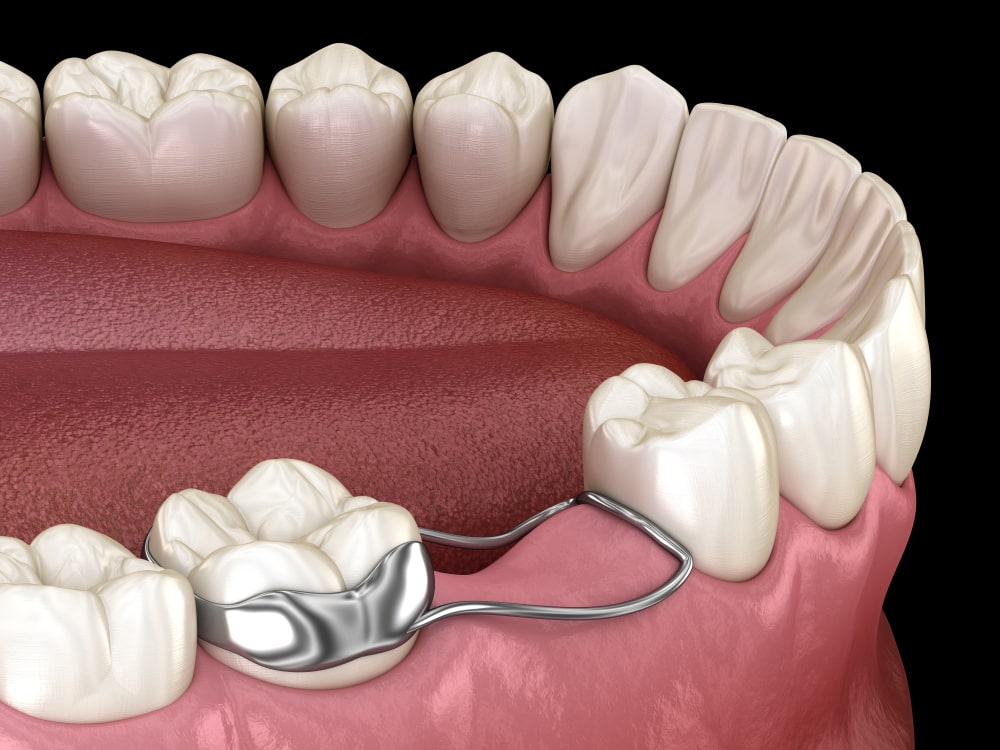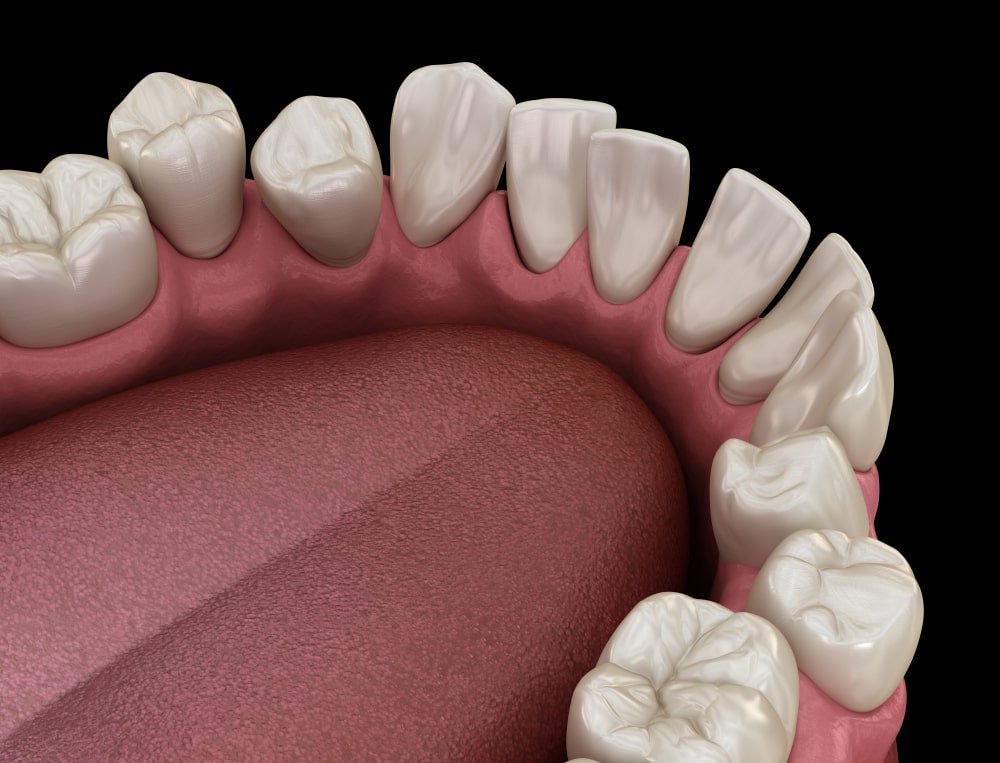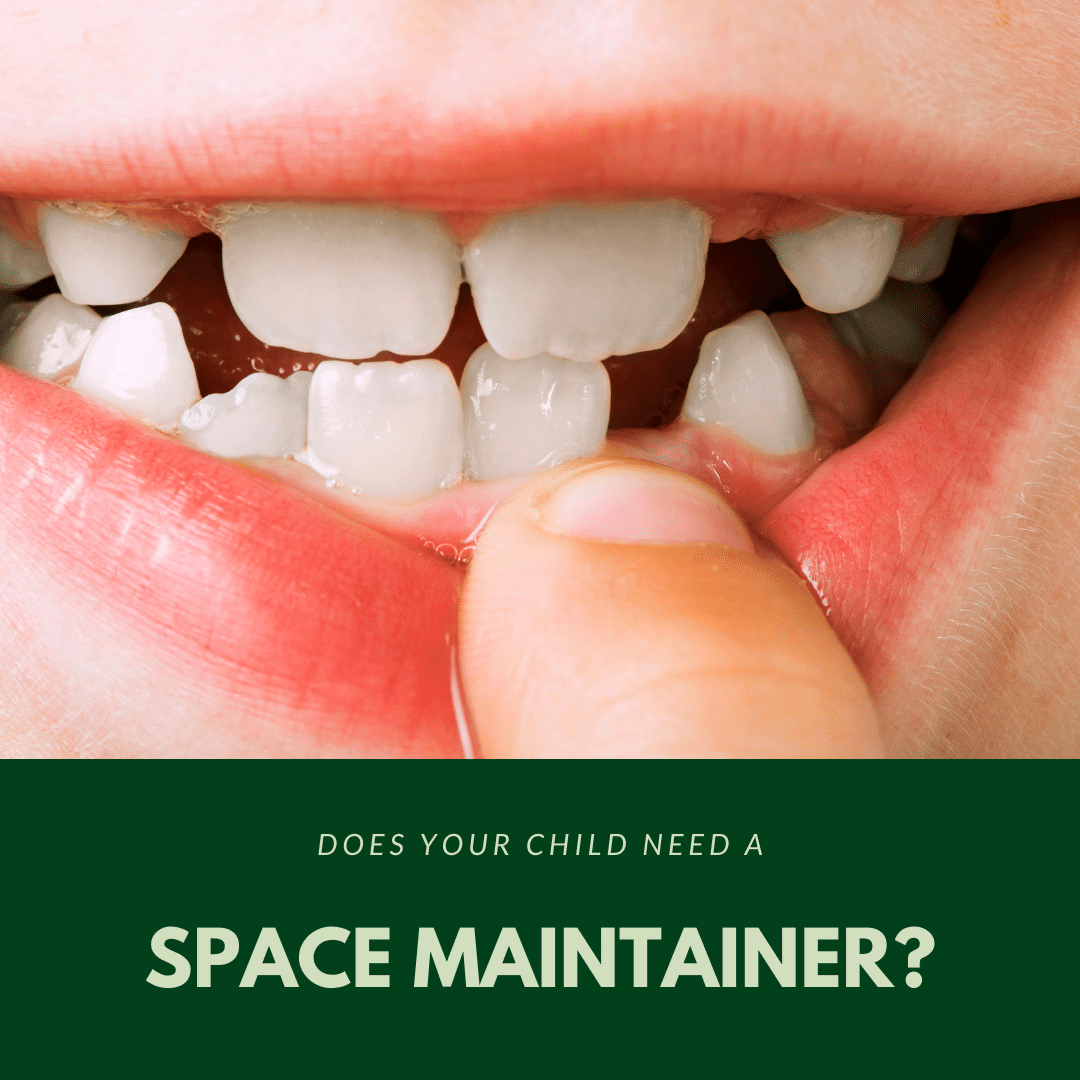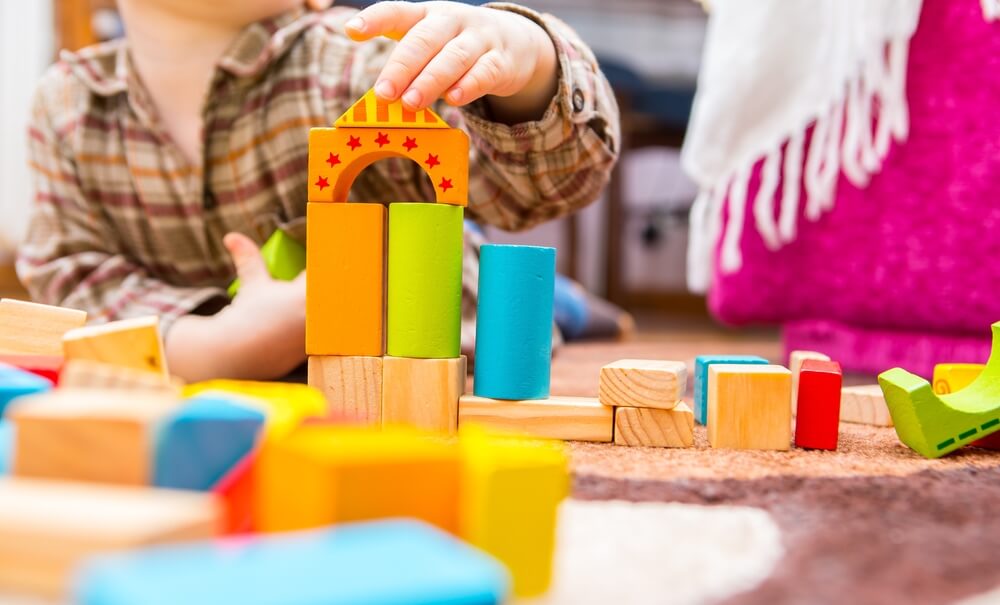If your child loses a baby tooth prematurely due to decay, extraction, or dental trauma, you may think nothing of it. After all, your child’s baby teeth will eventually be replaced by permanent teeth anyways, so why bother with a prematurely lost baby tooth? While it is certainly true that your child will eventually have a permanent tooth erupt in the space left by a missing baby tooth, it is also true that baby teeth lost too early can cause problems for erupting permanent teeth. For this reason, your child’s pediatric dentist may recommend something called a space maintainer.
A space maintainer is an oral appliance made to “maintain” the space left behind by a missing baby tooth. They are generally made out of metal or acrylic and can either be fixed into the mouth or removable. Fixed space maintainers are cemented into the mouth, while removable space maintainers look similar to orthodontic appliances and may even have an artificial tooth. Their main function is to prevent the surrounding teeth from shifting into the space left by a baby tooth that was lost too soon. Once the permanent tooth begins to erupt, the space maintainer will be removed since it has served its purpose.
There are four different types of space maintainers your child’s pediatric dentist may recommend, such as:

- Unilateral space maintainers are designed to fit on one side of the mouth and wrap around an existing tooth. They also have a metal loop that extends into the space left by a missing tooth in order to preserve this space.
- Crown and loop space maintainers are designed much like a unilateral space maintainer, with the exception that they use a dental crown over the existing tooth rather than wrapping around it.
- Lingual space maintainers are used in cases where there are multiple missing baby teeth. They are cemented to the insides of the molars and then connected to the lower front teeth with a metal wire.
- Distal shoe space maintainers are inserted into the gum line to ensure there is enough space for an erupting permanent tooth. This type of space maintainer is specifically designed for use on the first permanent molar.
Space maintainers are important to your child’s oral health because they prevent a number of complications from occurring. This is because your child’s permanent teeth are directly affected by their primary teeth and if these primary teeth are lost too soon, it tends to cause complications with the permanent teeth. These complications can include some or all of the following:

- A lack of space for the permanent teeth to erupt into
- Increased risk of teeth becoming impacted or erupting improperly
- Overcrowding, overlapping, or crooked permanent teeth
- Speech impediments
- Malocclusion (misaligned bite)
- Increased need for orthodontic treatment later down the line
Luckily, your child will only need to wear their space maintainer for a short period of time until their permanent teeth begin to erupt. In the meantime, however, you will need to help your child care for their space maintainer. In addition to regular brushing and flossing, removable space maintainers will need to be washed with mild dish soap and rinsed with lukewarm water daily.
Fixed space maintainers also require regular brushing and flossing, with the possibility of special techniques that your child’s pediatric dentist will explain to you. Additionally, since fixed space maintainers cannot be removed from your child’s mouth, there are certain dietary restrictions they will need to follow. These include avoiding foods that are excessively hard, sticky, chewy, crunchy, or sugary. These foods should be avoided to prevent damage to the appliance, as well as to decrease the risk of tooth decay from food becoming trapped in the appliance. As a final precaution, you will need to explain to your child not to “play” with their space maintainer to prevent it from becoming damaged.






